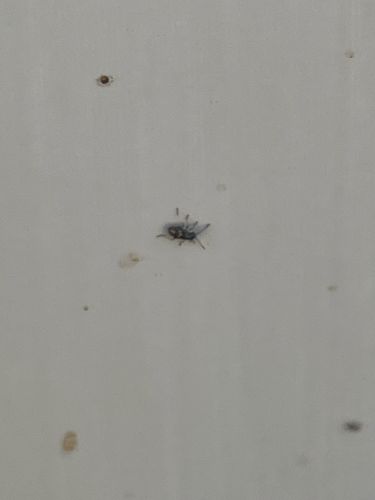Springtail
Scientific Name: Various species; common families include Entomobryidae, Isotomidae, Sminthuridae.
Order & Family: Order Collembola (though some classify them as a class within Hexapoda rather than an order within Insecta)
Size: Typically 0.2 to 10 mm, with most common species being less than 6 mm.

Natural Habitat
Springtails are found globally in a wide variety of moist habitats, including soil, leaf litter, decaying wood, under bark, in caves, on the surface of freshwater, and even in snow and intertidal zones. They are common in damp indoor environments such as bathrooms and basements.
Diet & Feeding
They primarily feed on decaying organic matter, fungi, algae, bacteria, and sometimes plant roots or pollen. They are important decomposers in many ecosystems.
Behavior Patterns
Springtails often jump using a furcula, a spring-like appendage folded under the abdomen, to escape predators. They are typically found in moist environments and are sensitive to desiccation. They reproduce by laying eggs, and their life cycle can be quite short, with multiple generations per year.
Risks & Benefits
Generally beneficial as decomposers, contributing to nutrient cycling in soil. They can be indicators of moisture problems indoors. While they are not known to bite humans or transmit diseases, large indoor populations can sometimes be a nuisance. They typically cause no damage to homes or property.
Identified on: 8/30/2025